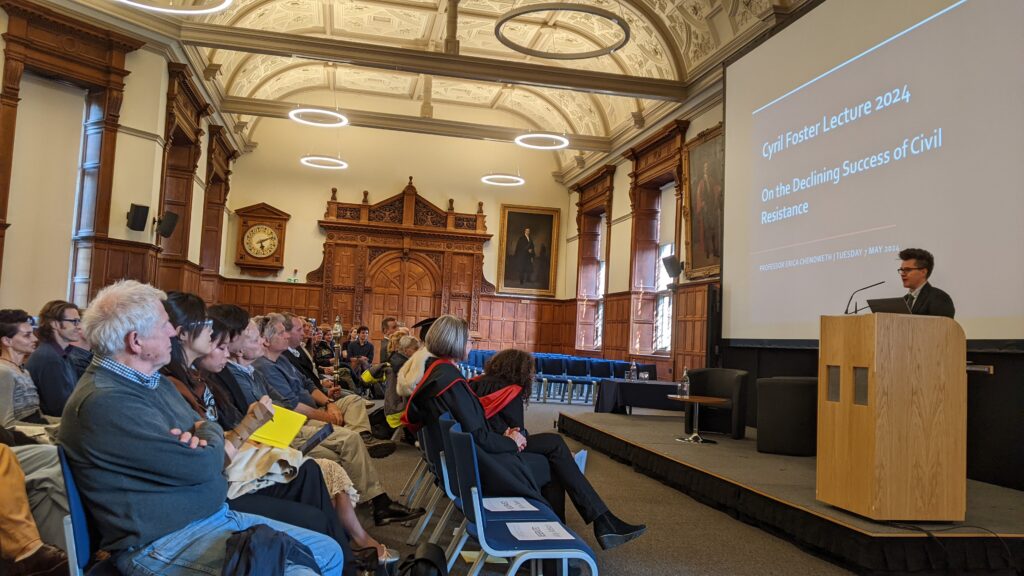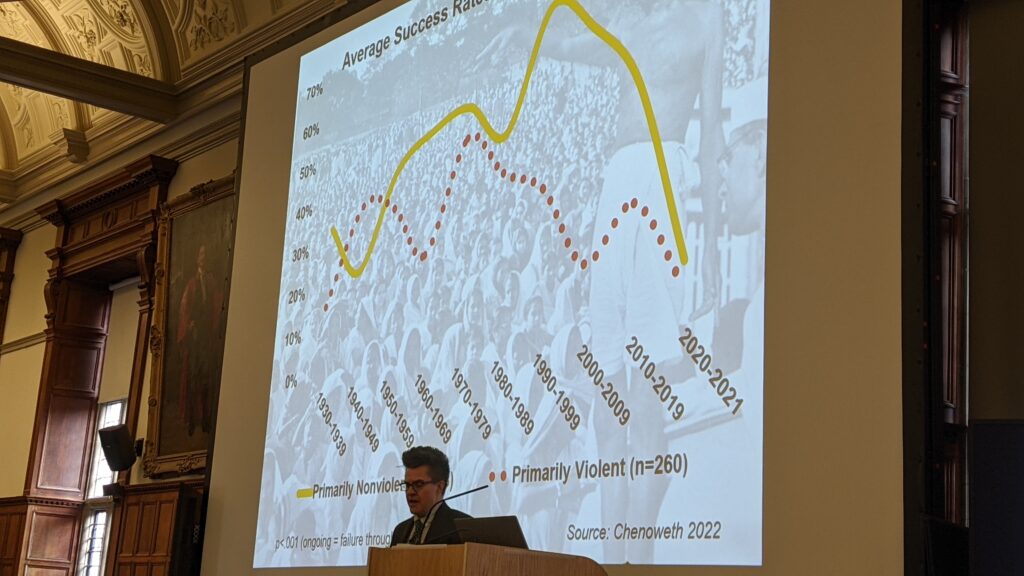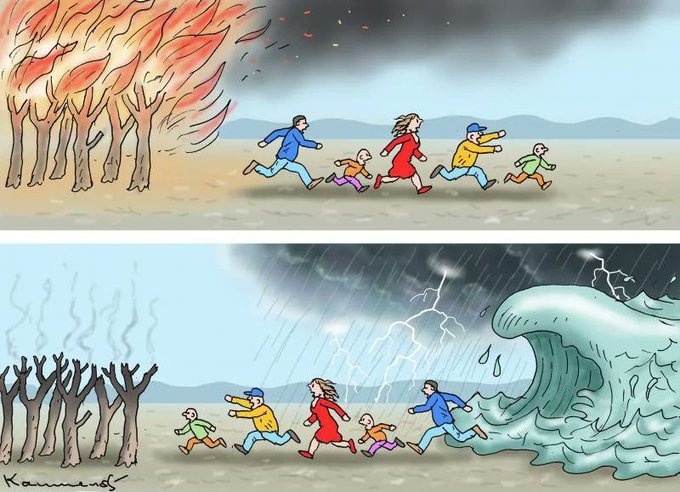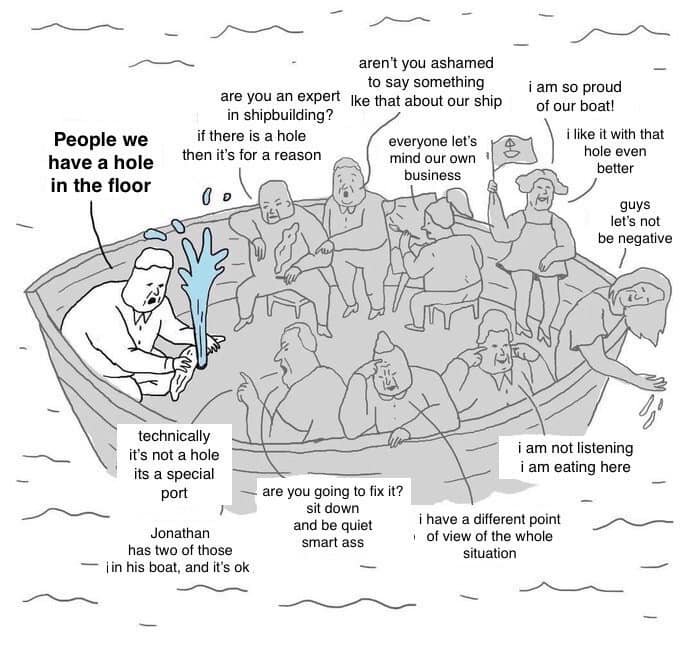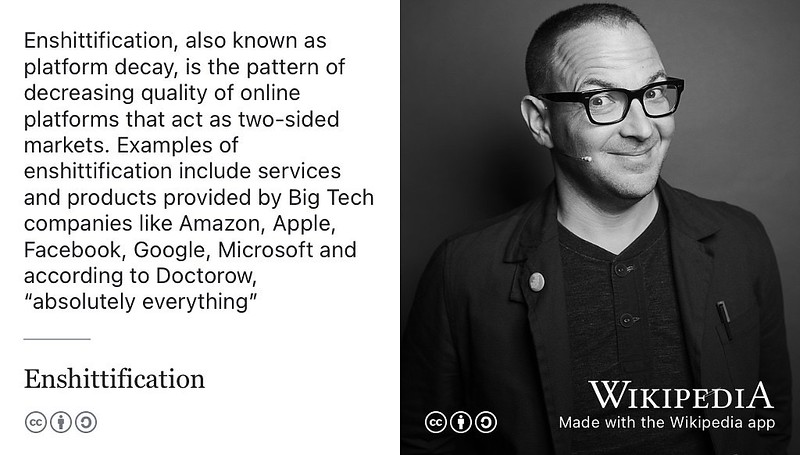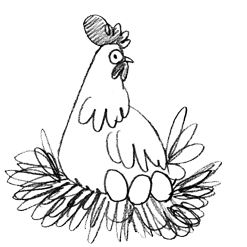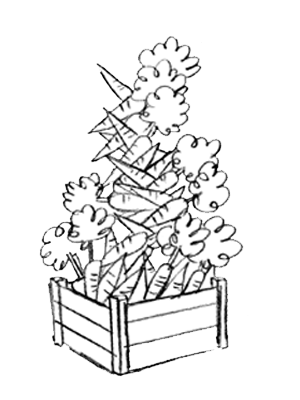We do need to look t things differently, for example the #darkweb is in our poisoned self that has fermented for the last 40 years. It’s the algorithms of manipulation, and the #geekproblem unthinking pushiness of this fermentation. The #dotcons are the shiny surfaces of this mess. And the #openweb the seedlings to grow community to step on the path away from this.
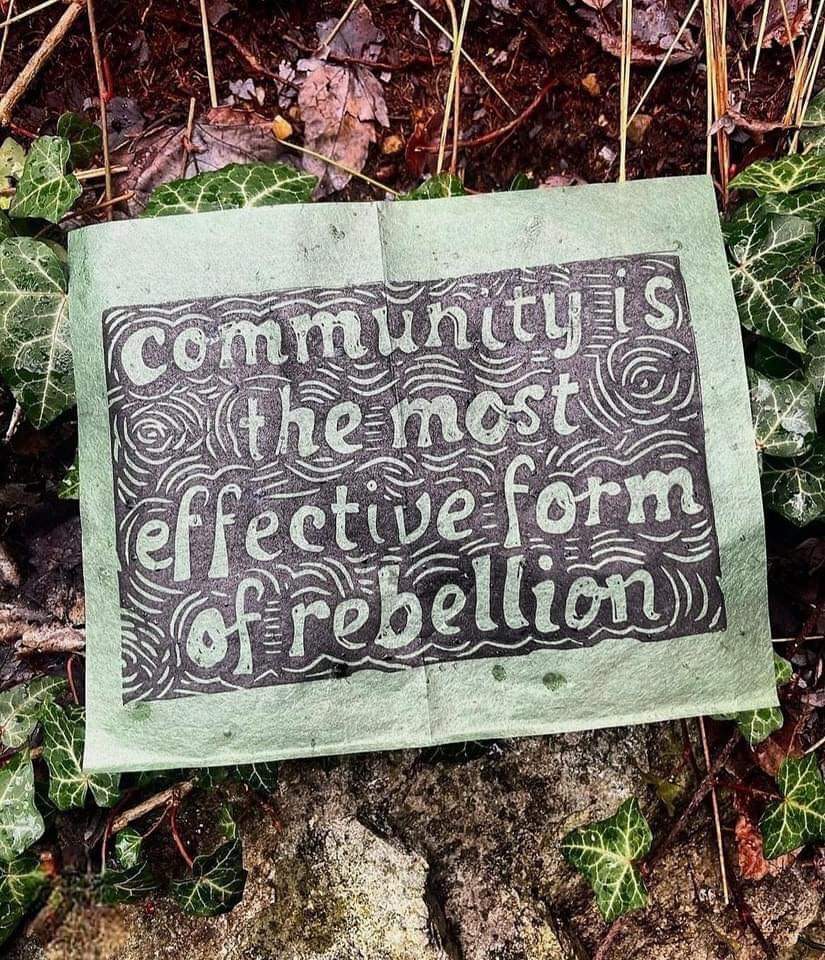
We have turned our backs on this metaphor the last few years, can we now turn back before we are consumed by the #dotcons the shiny surfaces of #mainstreaming mess
———————————————
let’s try, in the metaphorical landscape of the #openweb reboot, the concept of the #darkweb represents the darker aspects of our digital existence that emerged over the past four decades. It encompasses the algorithms of manipulation that fuel online platforms, the unthinking pushiness of the #geekproblem culture, and the shiny surfaces of centralized platforms (#dotcons) that dominate our online experiences.
The #darkweb symbolizes the poisoned self that has fermented within our digital spaces, perpetuating societal division, misinformation, and exploitation. It reflects the consequences of prioritizing profit and power over community and collective well-being.
In contrast, the #openweb represents a path towards renewal and regeneration. It embodies the seedlings of community and collaboration, offering an alternative vision for how we engage with technology and each other online. The #openweb encourages #4opens decentralization, transparency, and participatory governance, fostering a digital ecosystem that prioritizes the needs and interests of people.
In our #fedivers based #web1.5 reboot, there is #mainstreaming mess pushing, a collective turning away from the #openweb metaphor, as centralized platforms continue to exert their influence and dominance.
We are attracted to be consumed by the allure of shiny surfaces and instant gratification offered by #dotcons, we risk losing sight of the values and principles that underpin this #openweb path.
The challenge now is to rekindle our commitment to the #openweb and reclaim its promise of community, empowerment, and connection. It requires a collective effort to resist the pull of centralized platforms and reassert the importance of human community.
The #openweb reboot metaphor is a reminder of the ongoing struggle to shape the future of the internet in a way that aligns with our humanist values and aspirations. It calls upon us to confront the darkness of the #darkweb within ourselves and embrace the potential for renewal and transformation offered by the #openweb.
You can help support this here https://opencollective.com/open-media-network
